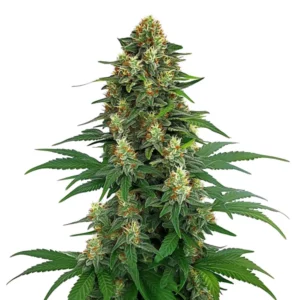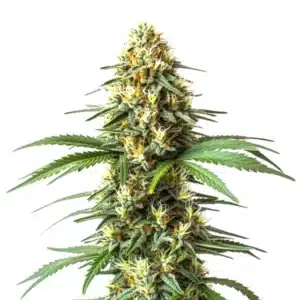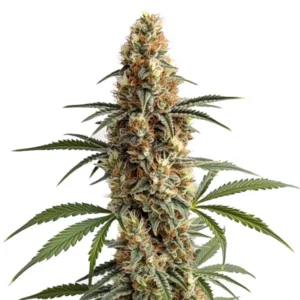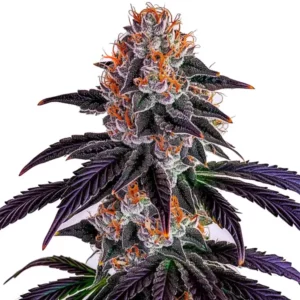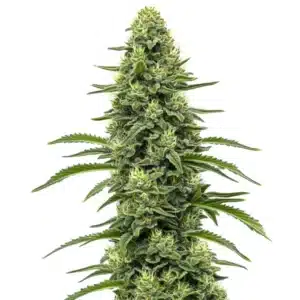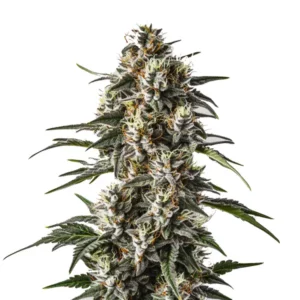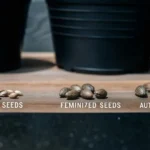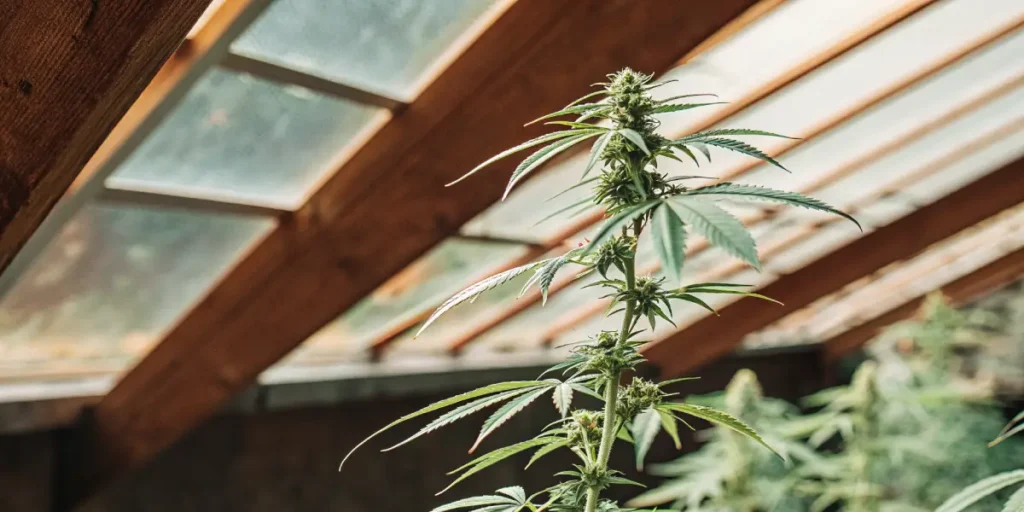
Auxins in Cannabis
Auxins in cannabis are like the unsung heroes of plant growth. They are a type of plant hormone that plays a crucial role in various growth processes. These hormones help the plant decide where to grow, how fast to grow, and even when to start flowering. For those interested in cultivating cannabis, knowing auxins can be a game-changer.
Auxins are naturally occurring but can also be applied externally to optimize cannabis growth. By using auxins, growers can significantly increase their yield. Whether you’re a first-time grower or have years of experience, knowing how to harness the power of auxins can make a huge difference.
Recommended Strains
Let’s dive into how auxins affect cannabis plants and how you can apply this knowledge to your cultivation practices. You’ll find that auxins are not just for scientists—they’re for anyone who wants to maximize their cannabis yield.
Auxins Role in Cannabis Growth
Auxins serve as the main growth regulators in cannabis plants. They are responsible for the elongation of the plant cells, which helps the plant grow taller and stronger. Auxins move from the top of the plant downwards, encouraging cells to stretch and divide.
By concentrating auxins in specific areas, you can control how your cannabis plant grows. For instance, if you want a bushier plant, you can trim the top to redistribute auxins to the lower branches. This method is commonly used in growing strains like Blue Dream from Blimburn Seeds.
Another important aspect of auxins role in cannabis growth is their ability to influence root development. Auxins encourage root cells to divide and expand, leading to a more extensive root system. This enhanced root structure allows the plant to absorb more nutrients and water, fostering overall health and vigor.
Furthermore, auxins in cannabis can aid in the plant’s response to light and gravity, known as phototropism and gravitropism, respectively. By promoting these responses, auxins help the plant orient its growth in the most advantageous direction, ensuring optimal exposure to light and stability in its growth environment.
Effects of Auxins on Cannabis Yield
Auxins play a vital role in increasing the yield of cannabis plants. They facilitate cell division and expansion, leading to more robust plant structures. As a result, the cannabis plant can support more buds, contributing to a higher yield. This is particularly beneficial when growing high-yield strains like Gorilla Glue 4 from Blimburn Seeds.
Another effect of auxins is their ability to influence the flowering phase. By applying auxins at the right time, you can encourage your cannabis plants to flower more vigorously. This can lead to a more abundant harvest, making auxins a valuable tool for serious growers.
Auxins in cannabis also contribute to the plant’s ability to recover from stress, which can have a direct impact on yield. When plants face unfavorable conditions, auxins help regulate stress responses, allowing the plant to maintain productivity. This resilience can be the difference between a moderate and a bountiful harvest.
Besides, the effects of auxins on cannabis yield extend to the uniformity of bud production. Auxins help ensure that nutrients and growth resources are evenly distributed, resulting in consistent bud formation throughout the plant. This uniformity is crucial for achieving a high-quality yield that is both plentiful and potent.
Auxins Application in Cannabis Cultivation
Applying auxins in cannabis cultivation can be done in several ways. You can use natural sources of auxins, such as willow water, or opt for commercial auxin products. Both have their own benefits and drawbacks, and the choice largely depends on your growing style and preferences.
Natural auxins for cannabis plants are often favored by organic growers. These are derived from plant materials and are less likely to cause harm if over-applied. If you prefer a more controlled approach, commercial products might be more suitable.
In the application of auxins in cannabis cultivation, timing is everything. Applying auxins during the early stages of growth can set the foundation for a healthy plant, while strategic application during flowering can enhance bud development. Knowing when and how much to apply is key to leveraging the full potential of auxins.
Furthermore, the method of application, whether through foliar sprays or soil amendments, can influence the effectiveness of auxins. Foliar sprays allow for quick absorption, while soil amendments provide a more gradual release. Choosing the right method for your cultivation setup can optimize the benefits of auxins in cannabis.
Promos & Deals
Optimizing Cannabis Growth with Auxins
To optimize cannabis growth with auxins, it’s essential to understand how they interact with other plant hormones. Auxins work best when used in conjunction with other growth hormones like cytokinins and gibberellins. This hormonal balance ensures that your cannabis plants grow in a healthy, controlled manner.
Experimentation is key. You might start by testing auxin levels on a small batch of plants before applying them to your entire crop. This way, you can observe the effects and adjust the application for optimal results. For instance, if you’re growing multiple strains from Blimburn Seeds, you might find that different strains respond differently to auxins.
When optimizing cannabis growth with auxins, monitoring plant responses can provide valuable insights. Regular observations and adjustments help maintain the ideal balance of auxins, preventing issues like excessive elongation or nutrient deficiencies. This proactive approach promotes sustained growth and development.
Additionally, integrating auxins with sustainable growing practices can further enhance their benefits. Utilizing organic fertilizers and ensuring adequate lighting and watering schedules can complement the effects of auxins, resulting in a thriving cannabis garden.
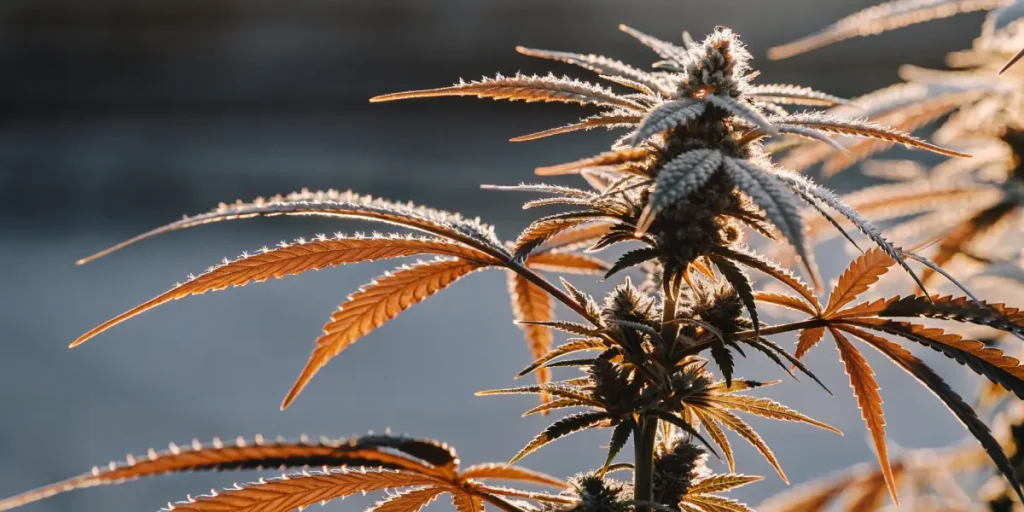
Practical Tips for Using Auxins
Here are some practical tips for using auxins in your cannabis cultivation:
- Always start with a lower concentration and gradually increase as needed.
- Combine auxins with other natural or commercial fertilizers for best results.
- Monitor your plants closely to catch any adverse reactions early.
- Use pruning techniques to redistribute auxins and promote bushier growth.
These strategies can help you make the most of auxins in cannabis cultivation. Remember, every plant is unique, so what works for one might not work for another. Keep experimenting and learning to find the best method for your specific strains.
Besides to these tips, keeping accurate records of auxin applications can be beneficial. Documenting concentrations, methods, and plant responses allows you to refine your approach over time. Such records provide a valuable reference for future cultivation endeavors.
Finally, staying informed about the latest research on auxins in cannabis can offer new perspectives and techniques. As the understanding of plant hormones advances, growers can continually enhance their methods, leading to better yields and healthier plants.
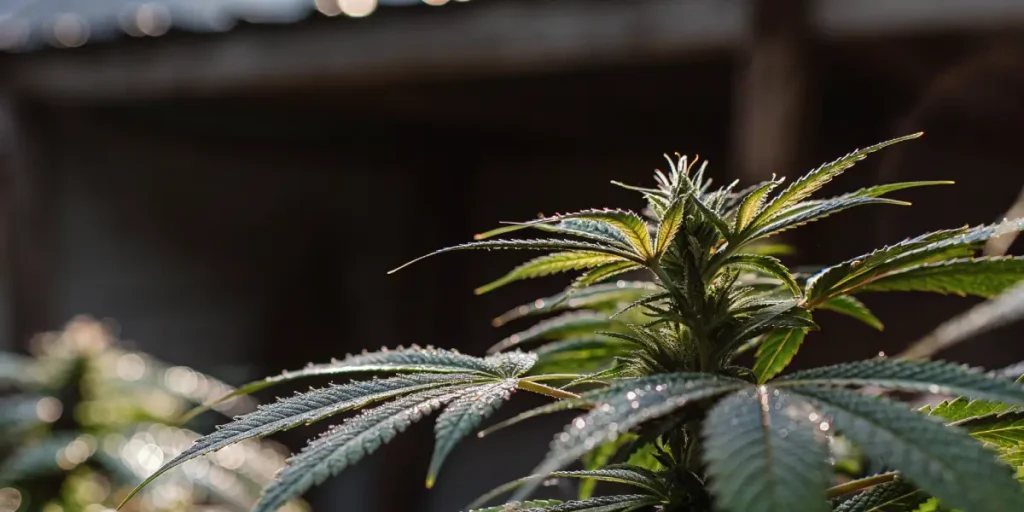
FAQs
What are auxins, and how do they affect cannabis growth?
Auxins are plant hormones that regulate growth and development. In cannabis plants, they contribute to cell elongation and division, essential for robust growth. By influencing these processes, auxins help plants grow taller, stronger, and more productive.
These hormones can also affect the flowering phase, making them a key factor in optimizing cannabis yield. When used correctly, auxins can significantly boost the productivity of your cannabis plants, making them a valuable tool for growers.
Auxins role in cannabis growth extends to the plant’s response to environmental stimuli. By modulating growth patterns in reaction to light and gravity, auxins ensure that cannabis plants develop in a way that maximizes resource utilization.
Knowing the effects of auxins on cannabis growth can help growers tailor their cultivation practices. By aligning auxin application with specific growth stages, you can enhance the natural growth trajectory of your cannabis plants.
How can I apply auxins to my cannabis plants?
Auxins can be applied using natural sources like willow water or commercial products designed for plant growth. The method of application depends on your growing conditions and goals. For a more organic approach, natural auxins are ideal, while commercial products offer more control.
When applying auxins, always follow the recommended guidelines. Start with small doses and observe how your plants respond. This cautious approach helps prevent any adverse effects and ensures healthier plant development.
Experimentation is crucial when applying auxins in cannabis cultivation. Begin with a test group of plants to gauge the effects before scaling up. This methodical approach minimizes risk and allows for adjustments tailored to your specific growing environment.
Consider the use of auxins in combination with other plant growth techniques. For instance, employing training methods such as low-stress training (LST) can complement auxin application, resulting in a more controlled plant structure and increased yields.
Can auxins increase cannabis yield?
Yes, auxins can increase cannabis yield by promoting cell division and expansion. They strengthen the plant’s structure, allowing it to support more buds. This leads to a more abundant harvest, especially when cultivating high-yield strains like those from Blimburn Seeds.
However, it’s crucial to apply auxins correctly. Over-application can lead to problems such as elongated stems or uneven growth, so it’s important to balance auxin levels carefully for maximum yield.
The effects of auxins on cannabis yield are most pronounced when they are part of a balanced nutrient and hormone regimen. Combining auxins with other growth stimulants, while monitoring environmental conditions, can amplify yield outcomes.
Additionally, timing auxin applications to coincide with key growth phases, such as the transition from vegetative to flowering stages, can optimize bud production and overall plant health. This strategic use of auxins ensures that your cannabis plants achieve their full yield potential.
What are the benefits of using natural auxins in cannabis cultivation?
Natural auxins offer an organic way to enhance cannabis growth. Derived from plant materials, they are less likely to cause harm if over-applied. This makes them a safer choice for organic growers concerned about chemical residues.
While they may not offer the same level of control as commercial products, natural auxins are a sustainable option. They complement other organic growing practices, providing a holistic approach to cannabis cultivation.
Using natural auxins for cannabis plants can also foster a more symbiotic relationship with the environment. By sourcing auxins from natural materials, growers can reduce their ecological footprint and promote biodiversity within their cultivation practices.
Moreover, natural auxins can enhance the resilience of cannabis plants to pests and diseases. Their organic composition can strengthen the plant’s natural defenses, contributing to healthier growth without the need for synthetic chemical interventions.
What strains respond well to auxins?
Different cannabis strains can respond differently to auxins. For example, strains like Blue Dream, Gorilla Glue, and Tangie from Blimburn Seeds are known for their robust growth and can benefit from auxin application.
When applying auxins, consider the specific needs of your chosen strain. Some may require more or less auxin to achieve optimal growth. Experimentation and observation are key to finding the right balance for each strain.
The responsiveness of strains to auxins can also depend on their genetic makeup. Indica-dominant strains, for instance, might exhibit more noticeable changes in bushiness and density, while sativa varieties may show increased height and branch elongation.
Furthermore, the stage of growth at which auxins are applied can influence strain response. Early vegetative stages might benefit from auxins for root development, whereas flowering stages could see enhanced bud formation with careful auxin use.



